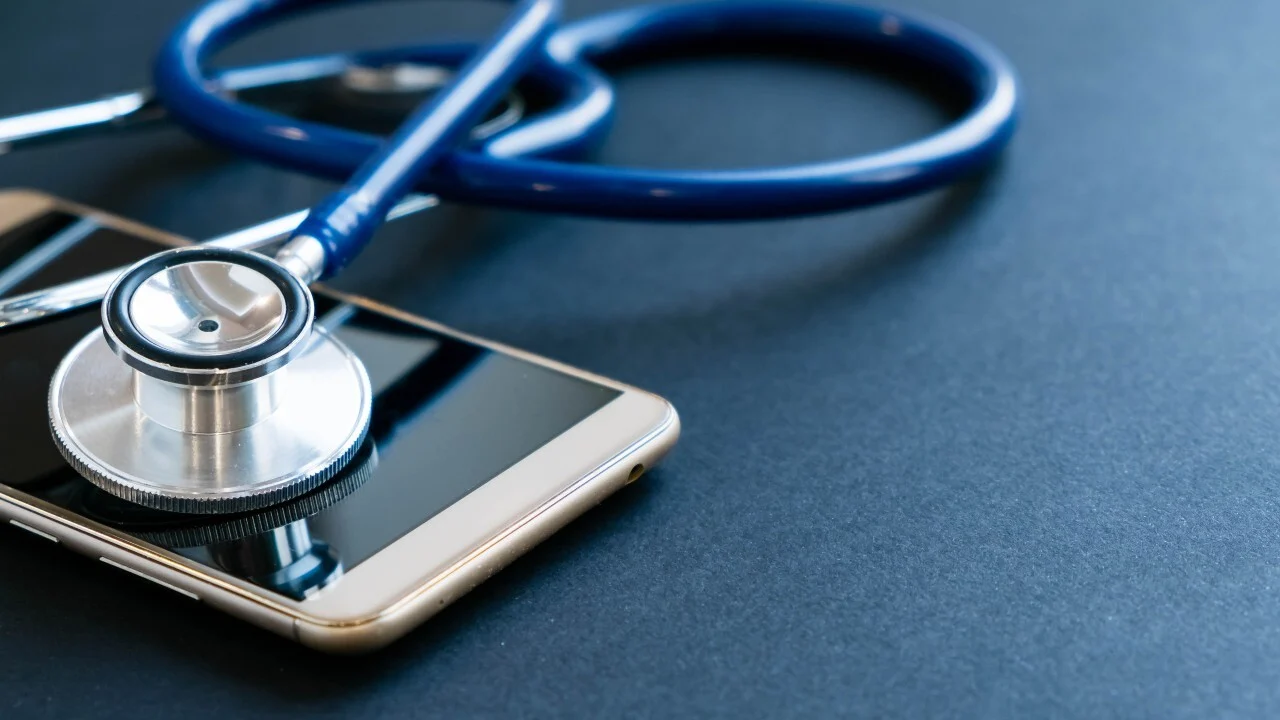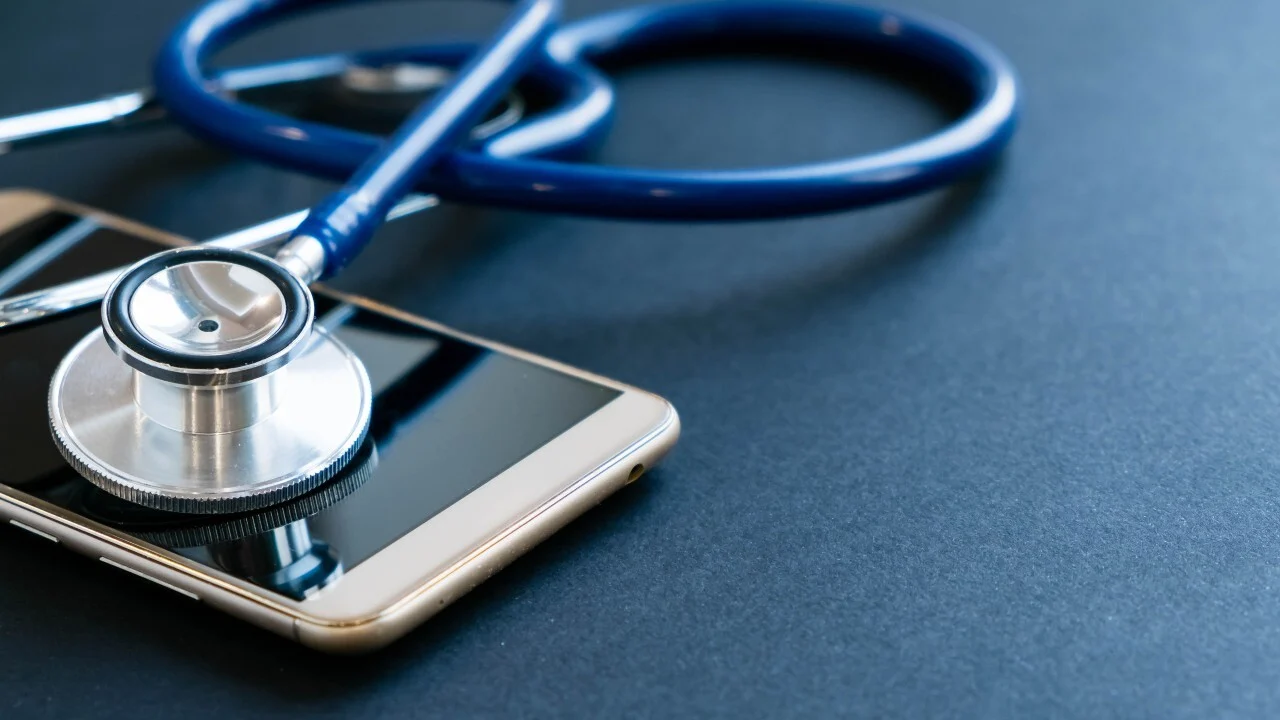How Phone Diagnostic Software Helps Detect Counterfeit Phones

Strong 8k brings an ultra-HD IPTV experience to your living room and your pocket.
The global smartphone market has experienced unprecedented growth over the past decade. With this boom, however, has come a surge in counterfeit and cloned phones that imitate the look and feel of premium brands while lacking quality and genuine components. These fake devices not only cheat consumers out of their money but also pose serious security and performance risks. Thankfully, modern phone diagnostic software has emerged as a vital tool for detecting counterfeit phones.
Among the most effective tools in this domain is Phone Clinix, a professional-grade phone diagnostic software that helps repair technicians, resellers, and mobile retailers quickly verify the authenticity of a smartphone. In this article, we’ll explore the ways diagnostic software like Phone Clinix identifies fake phones, prevents fraud, and protects consumers in an increasingly complex tech market.
The Rise of Counterfeit Smartphones
Counterfeit smartphones are designed to look almost identical to original models, often mimicking the design, packaging, and branding of major manufacturers like Apple, Samsung, Huawei, and Xiaomi. However, under the surface, they are typically built with inferior hardware, outdated components, and vulnerable software.
There are several reasons why counterfeit phones are problematic:
Poor performance and unreliable hardware
No access to official updates or app stores
Security vulnerabilities including malware and spyware
No warranty or service support
Unethical resale to unsuspecting buyers
With the sophistication of these fake devices increasing, visual inspection is no longer sufficient. This is where phone diagnostic software becomes essential.
What is Phone Diagnostic Software?
Phone diagnostic software refers to specialized applications used to evaluate the performance, hardware integrity, and software authenticity of smartphones. These tools scan a device and return detailed information about components such as:
CPU and chipset
RAM and internal storage
Display and touch sensors
Battery and charging circuits
Camera modules
IMEI and serial numbers
Operating system versions
By comparing these details against manufacturer databases and expected standards, technicians can detect signs of tampering or counterfeit assembly.
How Phone Clinix Detects Fake Phones
Phone Clinix is a leading phone diagnostic software built specifically for mobile repair professionals, resellers, and retail chains. Its advanced device authentication features make it highly effective for counterfeit detection.
Here are the key ways Phone Clinix helps uncover fake smartphones:
1. IMEI and Serial Number Verification
One of the most straightforward ways to spot a fake phone is by checking its IMEI (International Mobile Equipment Identity) and serial number. Counterfeit phones often use duplicated, invalid, or mismatched IMEIs.
Phone Clinix automatically pulls the IMEI, serial number, and device model information and cross-checks them against known databases or manufacturer specifications. If the IMEI doesn’t match the model or appears on multiple devices, it’s flagged as suspicious.
2. Hardware Mismatch Detection
Many counterfeit phones are built with mismatched or low-quality internal components. For example, a phone labeled as having a Snapdragon processor may actually use a low-end MediaTek chipset. Similarly, the advertised 128GB storage might only be 16GB in reality.
Phone Clinix runs deep scans on:
CPU architecture
RAM capacity
Internal storage capacity and read/write speed
Display resolution and refresh rate
If the internal specs don’t match the branded claims or advertised specs, the device is likely counterfeit.
3. Operating System Analysis
Fake phones often run modified versions of Android (or even Android disguised as iOS) that mimic the look of genuine interfaces without offering actual performance or security.
Phone Clinix inspects the OS version, build number, and kernel information to check if:
The OS is genuine or an unauthorized custom ROM
The firmware build matches the phone’s brand/model
The system has hidden developer or root access
These insights reveal whether the phone is running legitimate firmware or a manipulated version designed to deceive users.
4. Brand and Model Identification
Counterfeit devices may show misleading brand names and model numbers in their settings. For instance, a fake phone might claim to be a “Samsung Galaxy S23” in its About section, even though the internal build is completely different.
Phone Clinix bypasses the superficial data and detects the phone's true:
Manufacturer ID
Model number
Build fingerprint
Baseband and bootloader version
If these details contradict the advertised identity, it’s a strong indicator of a fake phone.
5. Component Quality Testing
Many counterfeit phones use substandard components that fail to meet OEM benchmarks. Phone Clinix performs tests on:
Camera quality and resolution
Speaker and microphone clarity
Touchscreen accuracy
Battery health and charging speed
Sensor responsiveness (e.g., gyroscope, accelerometer, fingerprint reader)
Low test scores in these areas—especially when paired with high-end branding—are another red flag for counterfeit status.
6. Brand Integrity Reporting
For retailers and resellers, Phone Clinix offers printable or digital diagnostic reports. These reports include detailed breakdowns of component data, IMEI info, and OS analysis. When selling or buying secondhand devices, this report can be used as proof of authenticity, boosting trust and transparency in the transaction.
Why Fake Phones Are Harder to Detect Today
Counterfeiters have become more sophisticated. They not only copy external designs but also manipulate firmware to show false specifications. A device’s "About Phone" section may be customized to display 8GB RAM or 256GB storage, even if the hardware only supports a fraction of that.
Additionally, cloned phones may spoof benchmarks or alter developer tools to mask real specs. This makes visual inspection, basic software tools, or even system settings unreliable in detecting fraud.
That’s why professional-grade phone diagnostic software like Phone Clinix is necessary. It reads data from the hardware level rather than just the user interface, exposing manipulated or spoofed information.
Use Cases for Phone Diagnostic Software in Counterfeit Detection
1. Retail and Refurbishment Stores
Retailers and refurbishers use Phone Clinix to verify the authenticity of devices before resale. This ensures they only deal in genuine products and maintain their brand reputation.
2. Secondhand Device Buyers
Tech-savvy consumers and buyers in secondary markets use diagnostic reports to validate devices before purchase. This avoids falling victim to scams, especially in online transactions.
3. Customs and Import Checks
Some government and customs agencies have started employing phone diagnostic software to check incoming shipments of smartphones for counterfeit goods.
4. Corporate IT Departments
Companies issuing phones to employees can use tools like Phone Clinix to verify all devices are legitimate, ensuring security compliance and avoiding hardware failures from fake parts.
The Bigger Picture: Fighting Counterfeit Phones Globally
The counterfeit phone market is a global issue, with serious implications for consumers, manufacturers, and public safety. According to estimates, fake phones cost original manufacturers billions of dollars annually while exposing users to:
Privacy risks
Shortened device lifespans
Inability to receive support or updates
Incompatibility with networks
Widespread use of phone diagnostic software can play a major role in fighting this epidemic. By empowering technicians, retailers, and end-users with reliable verification tools, the industry can create a safer, more transparent marketplace.
Conclusion
Detecting counterfeit phones is no longer something that can be done with just a glance at the packaging or a casual inspection of the settings menu. As fake devices become more sophisticated, the tools we use to detect them must also evolve. That’s where phone diagnostic software comes in—and leading the charge is Phone Clinix.
With its deep hardware analysis, IMEI verification, OS validation, and high-quality test modules, Phone Clinix is a must-have for anyone involved in mobile repair, retail, or resale. It provides the transparency and accuracy needed to expose fake phones and protect both businesses and consumers.
In a market flooded with lookalike devices, it pays—sometimes literally—to look beneath the surface. With Phone Clinix, that deeper look becomes easier, faster, and far more reliable.
Note: IndiBlogHub features both user-submitted and editorial content. We do not verify third-party contributions. Read our Disclaimer and Privacy Policyfor details.







